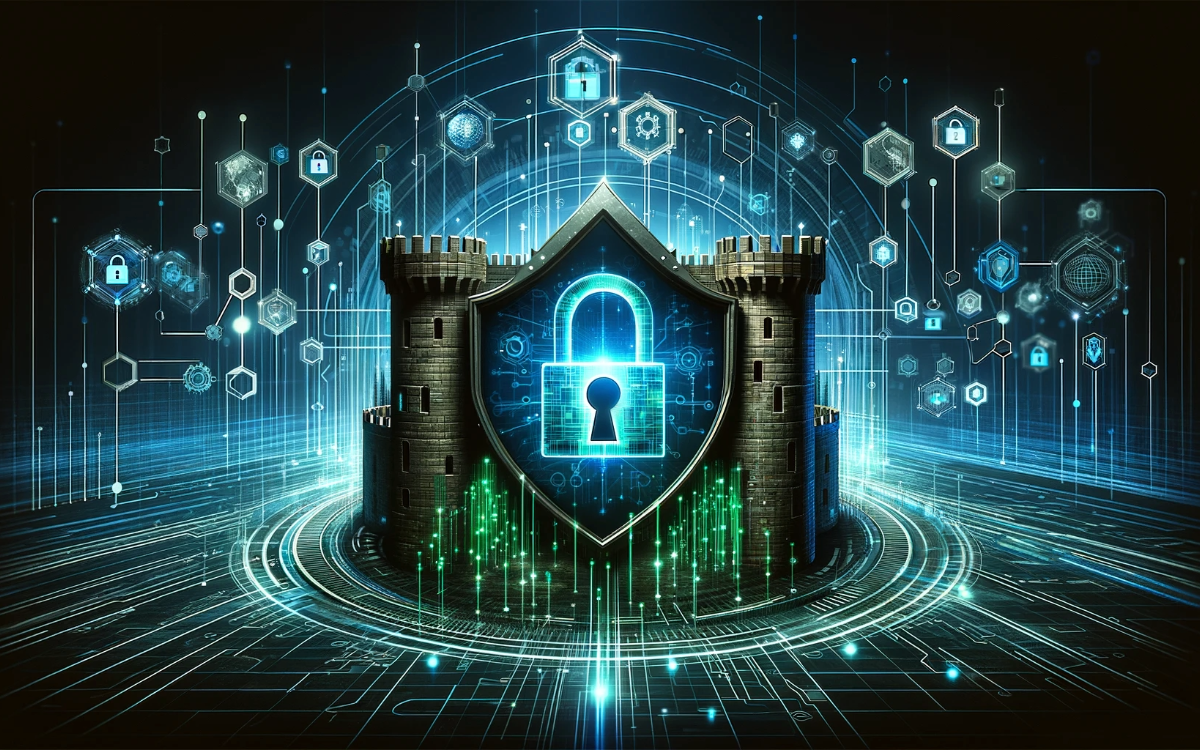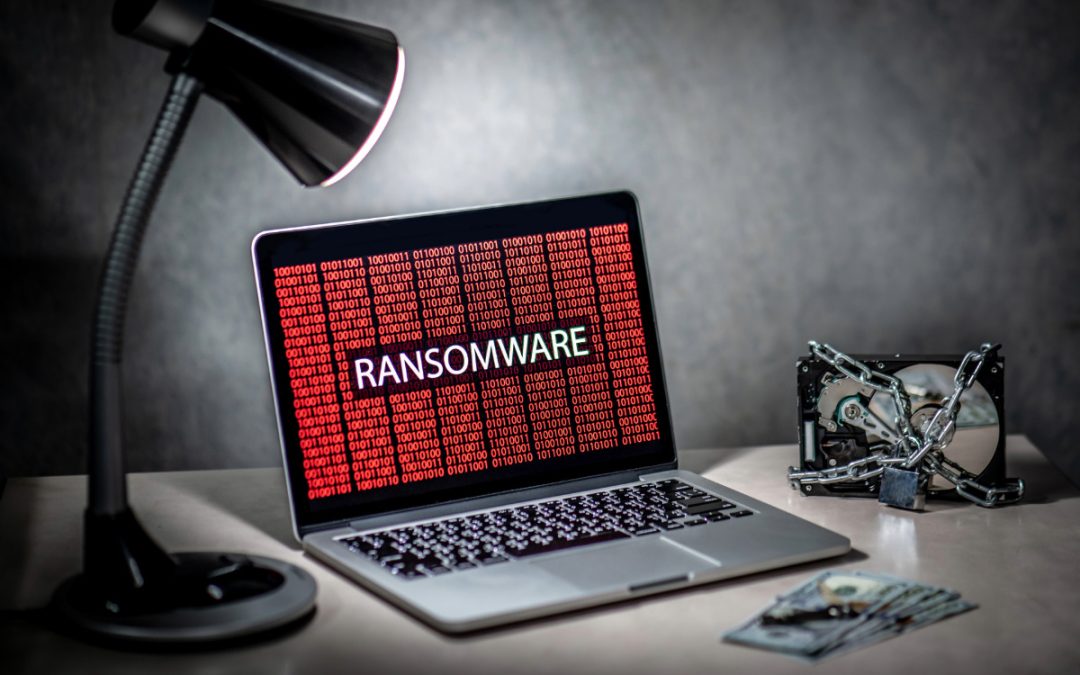As we step into 2024, cybersecurity continues to evolve rapidly, presenting new challenges and opportunities for organizations worldwide. We’ll explore developing changes reshaping how many industries view technology and security. That includes everything from AI usage and IoT vulnerabilities to new regulations and the evolution of Zero Trust. These cybersecurity trends may bring different changes in the coming year and beyond.
Table of Contents
2. Advanced Social Engineering Attacks
3. The Evolution of Zero Trust
4. Cyber Resilience Focus
5. IoT Vulnerabilities
6. Cybersecurity Skills Shortage
7. The Human Element of Cyberattacks
8. Cybersecurity’s Increasing Role in Business Strategy
9. The Rise of Cybersecurity Regulations
10. The Growing Significance of Supply Chain Security
1. AI in Cybersecurity
AI significantly transforms cybersecurity, automating areas like threat detection and response with advanced algorithms and real-time actions. These AI-driven systems are good at identifying and reacting to threats, minimizing the time windows during which systems are vulnerable. In addition, AI enhances security by integrating behavioral analytics, enabling the detection of anomalies that indicate potential security incidents. This shift towards AI-centric security represents a move from reactive strategies to more proactive measures.
On the flip side of this cybersecurity trend, hackers can also use AI against businesses, allowing them to deceive some AI security systems through similar processes. Developing resilient AI models and continuous monitoring for attack detection is crucial to handle this. Moreover, the balance between adequate security and individual privacy is a key focus, with privacy-preserving AI techniques becoming increasingly important. The synergy of AI with human expertise in cybersecurity operations is essential to maintain a strong and balanced defense.
2. Advanced Social Engineering Attacks
Cybercriminals can leverage AI to scrape personal information from public sources like social media, creating detailed and personalized attack profiles. This evolution extends beyond conventional email scams, using multi-stage strategies to establish trust. Newer technologies like deepfakes can even copy the face and voice of a person. While not without its flaws, spotting social engineering attacks is becoming increasingly difficult.
In response to these advanced threats, organizations are focusing on enhancing employee training programs to foster a heightened sense of vigilance and skepticism. Alongside educational initiatives, the deployment of cutting-edge email security solutions and robust verification processes, such as multi-factor authentication, is essential in safeguarding against these evolving social engineering tactics. The key to combating these advanced phishing strategies lies in continuous adaptation and the reinforcement of security protocols to counteract the increasingly ingenious methods employed by cybercriminals.
3. The Evolution of Zero Trust
For 2024, a positive cybersecurity trend is the continued evolution of the Zero Trust model. This year, expect to see a growing shift from traditional VPNs to Zero Trust Network Access (ZTNA). That highlights a stricter “never trust, always verify” approach in response to increasingly complex cyber threats. Enhancements in Identity and Access Management (IAM) are also a key part of this trend, with a greater reliance on advanced verification methods like behavioral analytics.
Network micro-segmentation, aimed at improving data security by restricting unauthorized internal movements, is also gaining traction. Furthermore, integrating AI and machine learning into Zero Trust strategies can provide an even greater boost. It improves the capability to efficiently detect and respond to security threats, allowing for a more proactive approach.
4. Cyber Resilience Focus
Cyber resilience will become a central focus for many 2024 cybersecurity strategies. This shift reflects an acknowledgment that breaches are highly likely. That allows businesses to focus more on how quickly and effectively they can recover from an attack. Cyber resilience ensures operations continuity and minimizes data loss after a successful breach. While the goal is always to prevent a cyberattack, having a response plan is just as vital.
As part of this shift, organizations are expected to invest in technologies and protocols that enable rapid recovery from cyber incidents. That includes adopting automated incident response systems powered by machine learning, which can react to threats with unprecedented speed. Also, with the increase in AI-powered attacks, advanced detection systems are quickly becoming essential.
5. IoT Vulnerabilities
Internet of Things (IoT) security will continue to be a growing cybersecurity trend. Connected devices are integral in homes, healthcare, industrial, and other business settings but often come with security weaknesses. That can include unsecured communications, outdated network protocols, and older devices. Those vulnerabilities can be abused for more advanced cybersecurity attacks. With an expected 17 billion connected IoT devices in 2024, it’ll continue to be an appealing target.
To address that, cybersecurity strategies can focus on tailored solutions for different IoT device types. That means prioritizing secure data transmission and lifecycle management to phase out vulnerable devices. With many companies having Bring Your Own Device (BYOD) policies, it can add a layer of risk as employees don’t always secure personal devices. With AI being a central point, many changes will come in 2024 and beyond.
6. Cybersecurity Skills Shortage
The current cybersecurity skills shortage impacts 71% of organizations. As high as that number is, it may increase again in 2024. The gap is largely due to rapid technological advancements in both business operations and cyber threats, requiring a broad set of specialized skills. Smaller businesses often face difficulty maintaining reliable security due to limited budgets and lack of access to skilled IT personnel. In contrast, larger organizations struggle with upscaling cybersecurity solutions to meet new threats.
Efforts to mitigate this shortage include up-skilling and re-skilling existing IT personnel, leveraging their foundational knowledge for cybersecurity roles. Some businesses are also shifting their hiring focus to value practical skills and experience over traditional certifications. While cybersecurity awareness and AI automation can reduce the burden, those options only work well when managed by an IT security expert.
7. The Human Element of Cyberattacks
The human element has been a frequent topic with our content throughout 2023, if only because it’s ever-present. No matter how well-trained or experienced a person is, mistakes will happen. And it’s not always the employee’s fault; it’s just an expected margin of error. As more cyberattacks focus on the people rather than the technology, it’s becoming increasingly hard to defend against attacks.
As we transition into the new year, the human factor is a cybersecurity trend that impacts every other trend on this list. AI has jumpstarted many strategies and initiatives in the past year, and looking forward, it should be able to make strides in countering mistakes. Doing so is more than just evolving the Zero Trust strategy; it’s about improving infrastructure with the expectation that people will make mistakes. Looking at 2024, businesses should think less about whether they’ll be attacked and more about what they can do to prevent and react to incidents.
8. Cybersecurity’s Increasing Role in Business Strategy
Cybersecurity has often been discussed as necessary but more of an add-on than an essential part of running a business. That mindset needs to change. There is no honor among criminals, as they don’t care whether they’re targeting healthcare facilities or a university. Attackers aren’t just after raw data, either. Credit card info is enough for them to target a small business. Nobody is immune to cyberattacks. Going into the new year, organizations must view IT security as an expected and necessary part of staying in business.
This integration of cybersecurity into business strategies ensures that security needs align with company goals. That, in turn, reduces risks while keeping a healthier budget through planned integration. Considering nearly 73% of organizations were targeted by ransomware alone, businesses should go into the new year expecting to get hit by cyberattacks. The protections in place and the incident response plan will increasingly define how successful an organization is.
9. The Rise of Cybersecurity Regulations
Many government-funded programs and security experts have been pushing for increased cybersecurity regulations. Proposed laws, like FAR-2021-0017 earlier this year, targeted specific industries. However, those are expected to be a baseline with far-reaching effects on every type of business. It wouldn’t be an overstatement to call this cybersecurity trend a “pandemic,” as they increase in frequency and damage with each passing year.
New regulations aim to increase accountability by requiring companies to provide detailed information about their cyber risk processes. Additionally, the expansion of global privacy regulations is notable, with an estimated 75% of the global population expected to be under some form of privacy law by the end of 2024. Overall, new regulations will mean better standards of protection for customers and a better security stance for businesses.
10. Growing Significance of Supply Chain Security
When looking at cybersecurity trends in 2024, it’s easy to focus on more direct threats. However, third-party vendors often don’t have as strict standards, even when involved with some of the same products, data, or services. That risk is growing to be a bigger issue as attackers have gotten more creative with roundabout attacks. If there is any point of weakness, including a supply chain, they will eventually get targeted.
Addressing supply chain security involves a strict vetting process for all partners and vendors, ensuring they meet established cybersecurity standards. That can also lead to greater collaboration and transparency among businesses. Cybersecurity is a shared effort involving operations and employees at every stage, whether in-house or third-party. Sharing threat intelligence and security practices with trusted partners will become even more critical for broader protection.




